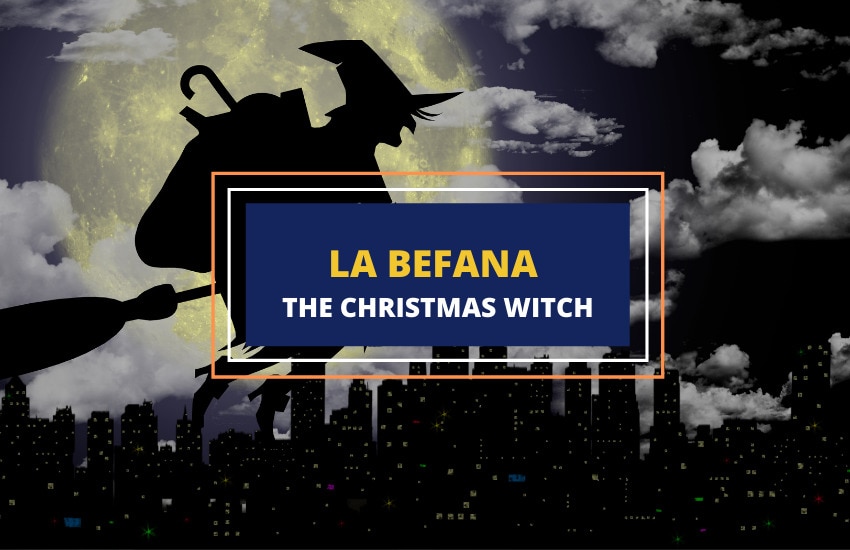
Table of Contents
La Befana (translated to ‘the witch’) is a well-known witch in Italian folklore who flies around on her broomstick once a year on the eve of the great feast Epiphany. She swoops down chimneys to bring gifts to the children of Italy on her flying broomstick, similar to the modern figure Santa Claus. Although witches are generally regarded as evil characters, La Befana was much loved among children.
Who is Befana?
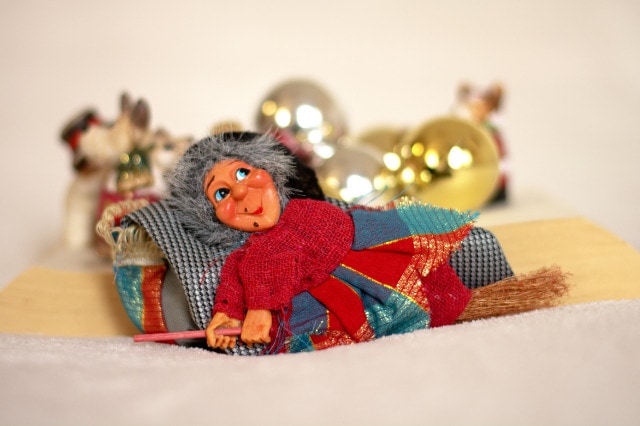
Every year on the 6th of January, twelve days after the modern date for Christmas, the citizens of Italy celebrate a religious festival known as Epiphany. On the eve of this celebration, children all over the country await the arrival of a kind witch known as Befana. It’s said that she, like Santa Claus, brings a selection of gifts for the children such as figs, nuts, candy, and small toys.
La Befana is often described as a tiny, old woman with a long nose and an arched chin who travels on either a flying broomstick or a donkey. In Italian tradition, she’s known as ‘The Christmas Witch’.
While she’s regarded as a friendly figure, Italian children are often warned by their parents to “stai buono se vuoi fare una bella befana” which translates to “be good if you want to have a bountiful epiphany.”
The Origin of Epiphany and La Befana
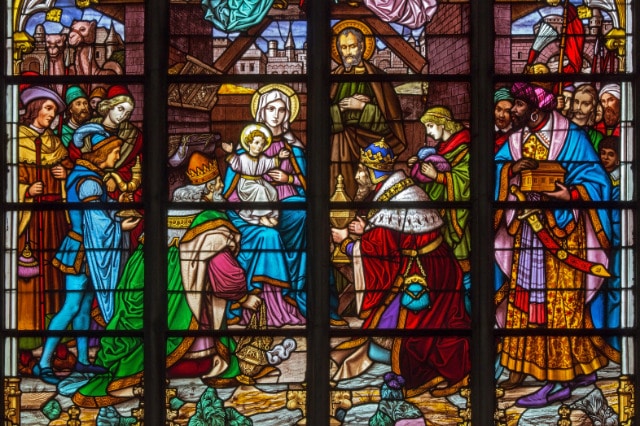
The Feast of the Epiphany is held in commemoration of the Three Magi or Wise Men who faithfully followed a bright star in the sky to visit Jesus on the night of his birth. Although the festival is linked to Christianity, it originated as a pre-Christian tradition that has morphed over the years to adapt to a Christian population.
Befana, or the Christmas Witch, may have been adopted from the Pagan agrarian traditions. Her arrival coincides with the winter solstice, the darkest day of the year and in many Pagan religions, this day represented the beginning of a new calendar year.
The name Befana may have originated from the Italian corruption of the Greek word, ἐπιφάνεια. It’s said that this word was possibly morphed and latinized into ‘Epifania’ or ‘Epiphaneia’, meaning ‘manifestation of the divinity’. Today, however, the word ‘befana’ is solely used when referring to a witch.
Befana is sometimes associated with the Sabine or Roman goddess Strenia, who was associated with the Roman festival of Janus. She’s known as the deity of new beginnings and gift-giving. Further evidence to support the connection resides in the fact that an Italian Christmas gift was once referred to as a ‘Strenna’. The Romans would give each other figs, dates, and honey as strenne (the plural of strenna) at the start of a new year, similar to the gifts given by Befana.
Befana and the Wise Men
There are several legends associated with the friendly, gift-giving witch Befana throughout Italian folklore. Two of the most well-known legends can be traced back to the time of the birth of Jesus Christ.
The first legend involves the Three Magi, or Wise Men, who journeyed to Bethlehem, to welcome Jesus to the world with gifts. On the way, they became lost and stopped at an old shack to ask for directions. As they approached the shack, they were met by Befana and they asked her how to get to the place where the Son of God lay. Befana did not know, but she sheltered them for the night. When the men asked her to accompany them, however, she politely declined, saying she had to stay behind and finish her household chores.
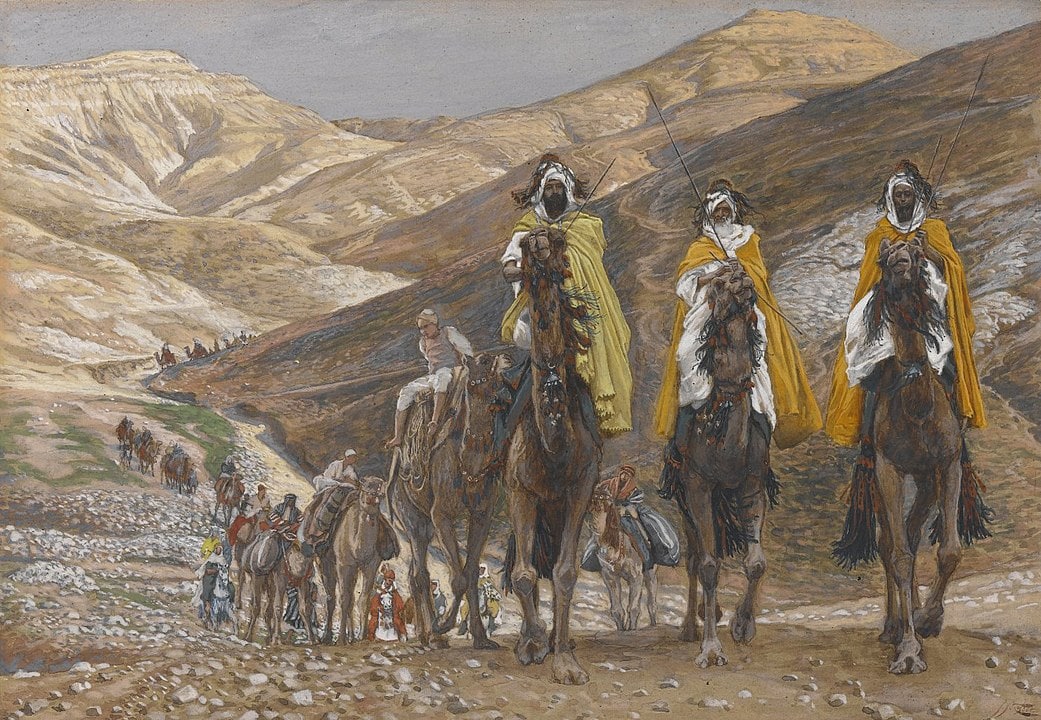
Later, once she was done with her housework, Befana tried to catch up with the wise men on her broomstick but failed to find them. She flew from house to house, leaving gifts for children, hoping that one of them would be the prophet the wise men spoke of. She left candy, toys, or fruit for the good children, and for the bad children, she left onions, garlic, or coal.
Befana and Jesus Christ
Another story involving Befana dates back to the reign of the Roman king Herod. According to the Bible, Herod was afraid that the young prophet Jesus would one day become the new king. He ordered for all the male babies in the country to be slain so that the threat to his crown would be eliminated. Befana’s infant son was also killed by the order of the king.
Overcome by grief, Befana was unable to come to terms with her child’s death and believed him to be lost instead. She gathered her child’s belongings, wrapping them up in a tablecloth, and traveled from house to house in the village looking for him.
Befana searched for her lost son for a long time until she finally came upon a child who she believed was hers. She placed the belongings and gifts next to the crib where he lay. The infant’s father looked at Befana’s face, wondering who this strange woman was and where she had come from. By this time, the beautiful young woman’s face had aged and her hair was completely grey.
According to the legend, the child Befana found was Jesus Christ. To show his appreciation of her generosity, he blessed her, allowing her to have all the children in the world as her own for a single night of each year. She visited every child, bringing them clothes and toys and this was how the myth of a wandering, gift-giving witch was born.
The Symbolism of La Befana (Astrological Connection)
Some scholars, including two Italian Anthropologists, Claudia and Luigi Manciocco, believe that Befana’s origins can be traced back to Neolithic times. They claim she was originally associated with fertility and agriculture. In ancient times, astrology was held in high regard by farming cultures, used to plan for the year ahead. Befana’s gift-giving fell on an extremely important time of the year in relation to astrological alignments.
In some calendars, after the winter solstice on the 21st of December, the sun rises on the same degree for three days appearing as though it has died. However, on the 25th of December, it begins to rise a little higher in the sky, bringing an end to the darkest day and ushering in longer days in the process. In other calendars, such as that followed by the Eastern Church, this phenomenon of the sun’s rebirth is dated January 6th.
After the solstice, the earth becomes fertile and bountiful once again, basking in the sun’s glow. It’s capable of producing the necessary harvest for survival. La Befana represents the arrival of the earth’s gifts, not only with her treasures but also with her feminine energy as well as her ability to create and conjure joy and abundance.
The festival of Epiphany most likely coincided with the original date for the birth of Jesus, which was the 6th of January. The festival of Christ’s birth is still celebrated on this day by the Eastern Church. Once the traditions of the Eastern Church became widely celebrated, it’s no surprise that the birth of Christ or the ‘risen savior’ fell on the same day as the Italian Epiphany and the sun’s rebirth. The birth of the Savior became the new sign and celebration of life, rebirth, and prosperity.
Modern Celebrations of Epiphany and La Befana
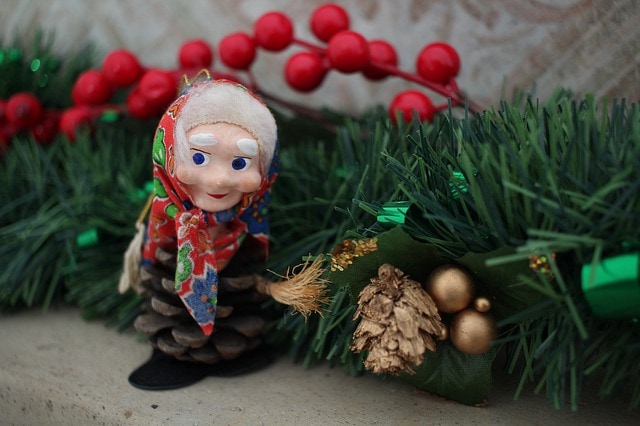
The modern celebration of Epiphany and the old witch are still active in many areas throughout Italy. January 6th is recognized as a national holiday throughout the entire country when offices, banks, and the majority of stores are all closed in commemoration. Throughout Italy, each region honors the Epiphany with its own unique traditions.
In various regions of Italy, especially in the northeast regions, people celebrate with a bonfire in the town center called a ‘falo del vecchione’ or with the burning of an effigy of La Befana called ‘Il vecchio’ (the old one). This tradition celebrates the end of the year and symbolizes the ending and beginning of time cycles.
In the town of Urbania, located in the province of Le Marche, Southern Italy, one of the largest celebrations takes place every year. It’s a four-day festival from the 2nd to the 6th of January where the whole town participates in events, such as taking their children to meet Befana at “la casa della Befana.” While in Venice on the 6th of January, locals dress as La Befana and race in boats along the great canal.
The celebration of the Epiphany has also taken root around the globe; a similar day is celebrated in the U.S.A. where it’s known as “Three Kings Day, and in Mexico as “Dia de los Reyes.”
In Brief
It’s believed that the idea of La Befana may have originated in prehistoric agricultural and astronomical beliefs. Today, La Befana continues to be known and celebrated. While her story began long before Christian traditions were spread throughout Italy and Europe, her tale still lives on today in the homes of many Italians.








